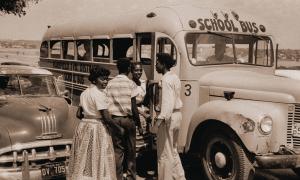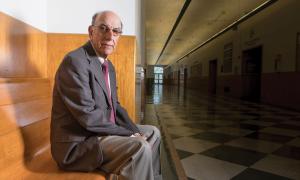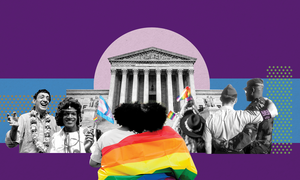article
Women’s Equality: One Step Closer
This week, another barrier to women’s equality fell. The tony Augusta National Golf Club, home to the Masters Tournament, extended membership to two women, former Secretary of State Condoleezza Rice and South Carolina financier Darla Moore. Club Chairman Billy Payne declared it “a joyous occasion,” yet I don’t feel the urge to jump for joy.


